When we take part in sporting activities, we embark on a thrilling adventure to maintain our physical and mental health. Unfortunately, sportspeople are not immune to the injuries, aches and illnesses that can crop up along the way. Fortunately, sports homeopathy offers a natural alternative for treating the aches and pains inherent in sporting activities. In this article, we discover the many benefits that homeopathic remedies can bring to sportspeople, and look at how they can help them maintain their health in a holistic and balanced way.
What is homeopathy?
Homeopathy is an alternative medicine that uses natural substances to stimulate the body’s own healing process. Homeopathic remedies are prepared from substances of plant, animal or mineral origin. They are diluted several times and shaken vigorously to create a solution containing a small amount of the original substance. According to the theory of homeopathy, the more diluted a substance is, the more powerful it is.
“Just because a problem hasn’t been solved doesn’t mean it can’t be solved”
Albert Einstein.
Born over 200 years ago, homeopathic medicine is used regularly by almost 40% of French people. It was Samuel Christian Friedrich HAHNEMANN, born in Saxony in 1755, who, after several years of medical practice, came up with homeopathy. On learning that an extract of cinchona bark cured malaria, he tested it on himself and equated the disorders it produced with the symptoms of the disease. Thus was born one of the essential theories of homeopathy:“similia similibus curantur” (like cures like).
In other words, any substance capable of causing a certain number of symptoms in a healthy individual is likely to cure a sick person who presents similar symptoms. An example taken from the Larousse Médical: “When faced with a microbial germ, unlike allopathy which seeks to curb the action of the attacking agent, homeopathy seeks to stimulate the defence reactions of the attacked organism so that it can fight against the pathogenic agent, within the limits of its possibilities. In this way, the treatment of clinical signs caused by a bee sting (oedema, burning, etc.) will call upon Apis mellifica, a homeopathic remedy prepared from the whole body of the bee”
The essential principle of homeopathy :
If one drop of the mother solution is diluted in 99 drops of water, the 1 CH(Hahnemannian Centesimal) dosage is obtained. One drop of this new solution is again diluted in 99 drops of water: the concentration is now 2 CH, and so on. The aim of homeopathy is to gradually reduce the dose of a medicinal substance, down to infinitesimal doses, so as to increase the substance’s mechanisms of action, while reducing its toxic effects.
At the same time as dilutions are made, substances are dynamised by physical processes (agitation). Chemists and biochemists have shown that a solution of 9 CH or more contains practically no active molecules. Homeopathy is prescribed in particular for patients suffering from organ dysfunction with obvious and significant psychological or psychosomatic causes, without the organ presenting any lesions. Examples: asthma, anxiety, insomnia, headaches, eczema, arthralgia, among many others.
How to use homeopathic medicines
The scope ofonline homeopathy is vast, but there are strict limits. A sportsperson exposed to a serious sprain, for example, can only recover through surgery. In this case, homeopathy can be used as a supportive treatment, a complementary medicine that will enable the patient to recover more quickly.
For maximum effectiveness, three rules must be observed:
- The pathology must be reversible
- Homeopathic medicine does not replace a malfunction in the body. The body must therefore be able to react to the illness
- A homeopathic medicine corresponding to the symptoms must exist
When the strain is suitable for the symptoms presented, the medicine should be taken as soon as possible. It should be taken frequently in the case of an acute condition. In the case of chronic conditions, however, the protocol is different. It may involve weekly doses or granules taken daily, 1 or 2 times a day.
How does homeopathy work in sports?
Sporting activities can be demanding on the body, leading to muscle pain, inflammation and injury. Homeopathic remedies can help relieve these ailments naturally. Homeopathic remedies can also help to improve recovery after sporting activity by reducing inflammation and pain. They can also help boost the immune system, which is important for sportspeople who may be more susceptible to illness as a result of strenuous exercise.
Common homeopathic remedies for sportspeople
There are many homeopathic remedies that can be useful for sportspeople. Here are some common examples:
- Arnica Montana is one of the most commonly used homeopathic remedies for sports-related injuries. It is effective in relieving pain and inflammation, as well as speeding healing.
- Rhus Toxicodendron is another homeopathic remedy commonly used for muscle injuries and pain. It is particularly effective for pain that worsens in cold, damp weather.
- Symphytum is used to treat fractures and bone injuries. It can help speed up healing and reduce pain.
- Calendula is used to treat wounds and cuts. It can help prevent infection and speed healing.
Homeopathy for muscle fatigue and injury
Muscular fatigue: Use Arnica montana 7 or 9 CH. Administer 1 dose immediately, followed by 5 granules of Arnica montana 9 CH to be taken every hour. Reduce frequency as symptoms improve.
Muscle pain felt as a sensation of blows: Opt for Arnica montana 15 or 30 CH. Take 1 dose daily for 4 to 5 days.
In cases of injury such as crushing, lacerations, stings or cuts causing pain of nervous origin, for example when pulling teeth, crushing extremities (fingers, toes), a blow to the fingertips, a bite, wounds caused by a sharp object, deep puncture wounds with radiating pain, pain on amputated limbs, a painful scar, or pain in the coccyx (whether nervous or caused by a fall), it is advisable to administer Hypericum perforatum 15 CH. The recommended dose is 5 granules, taken every 30 minutes to 1 hour, adjusting the frequency as the symptoms progress, over a period of approximately one week. This treatment may be supplemented with Arnica montana.
For the treatment of fractures and to encourage consolidation, Symphytum 6 DH is recommended in the form of drinkable drops. The suggested dosage is 20 drops diluted in a little water, to be taken twice a day (midday and evening) over a period of one month. To optimise results, it is beneficial to combine this administration with Calcarea phosphorica 9 CH. The recommended dosage for the latter is 5 granules, to be taken morning and evening for one month.
How should homeopathic remedies be used?
Homeopathic remedies should be used in accordance with the instructions of a health professional qualified in homeopathy. It is important not to exceed the recommended dose and not to use homeopathic remedies to replace conventional medical treatment without the advice of a health professional.
Homeopathy and sports medicine
Homeopathy is a treatment that is particularly well suited to sportspeople, for 2 main reasons:
- Firstly, homeopathic medicines have no contraindications, no addiction and no side effects:
They are not on the list of doping products. Indicated in the treatment of general pathologies, they require allopathic therapies which are sometimes prohibited and included on the list of doping products. Examples include immuno-allergic conditions, which often require cortisone drugs, nasal vasoconstrictors and/or beta-2 agonists. Although these drugs are banned in competition, homeopathy can be used as an alternative.
The introduction of homeopathic background treatments, taking into account the allergic terrain, will help to reduce the frequency and intensity of attacks (e.g. background treatment with POLLEN 15CH and POUMON HISTAMINE 9CH for “hay fever” allergy from February to October), and therefore the use of certain allopathic medicines necessary for this type of condition.
- Secondly, homeopathy is particularly suited to acute pathologies:
These conditions require rapid treatment, and can recur with great frequency. Traumatic pathologies linked to the practice of sports fall into this category. Here again, the aim is to reduce the need for more extensive treatments such as chronic anti-inflammatory drugs, or even intra-articular corticosteroid injections.
Conclusion:
Finally, as competitive athletes are subject to stress and a certain amount of psychological pressure, homeopathy provides an interesting response in the treatment of psychological disorders which can impair sporting performance.
The use of homeopathic remedies can be a natural and effective alternative for treating the aches and pains associated with sporting activities. Sportspeople can benefit from these treatments to relieve pain and inflammation and speed up healing. Homeopathic remedies can also help improve recovery after sporting activity by reducing inflammation and pain. In addition, they can strengthen the immune system, which is important for sportspeople who may be more susceptible to illness as a result of intense exercise.
However, it is important to note that homeopathic remedies should not be used to replace conventional medical treatment without the advice of a qualified health professional. Sportspeople should also be aware of the potential side effects of homeopathic remedies and take the necessary precautions when using them.
Ultimately, homeopathic remedies can be a natural and effective option for sportspeople looking to stay healthy. However, it is important to consult a qualified health professional before using any homeopathic remedy to treat an injury or illness associated with sporting activities.
FAQ
Q1: Are homeopathic remedies safe for sportspeople? A1: Homeopathic remedies are generally considered safe, but they can have potential side effects. It is important to consult a qualified health professional before using them.
Q2: How do homeopathic remedies help to speed up recovery after sporting activity? A2: Homeopathic remedies can help to reduce inflammation and pain, which can speed up healing after sporting activity.
Q3: Are all homeopathic remedies suitable for sportspeople? A3: No, some homeopathic remedies may be more suitable for sportspeople than others, depending on their physical condition and type of sporting activity.
Q4: How can I find a health professional qualified in homeopathy? A4: You can consult online directories to find a qualified homeopathic healthcare professional in your area.
Q5: Are homeopathic remedies covered by health insurance? A5: In some countries, homeopathic remedies may be covered by health insurance. It is important to check with your insurance company to find out whether your homeopathic treatments are covered.
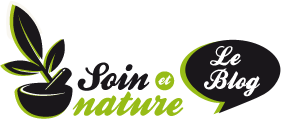
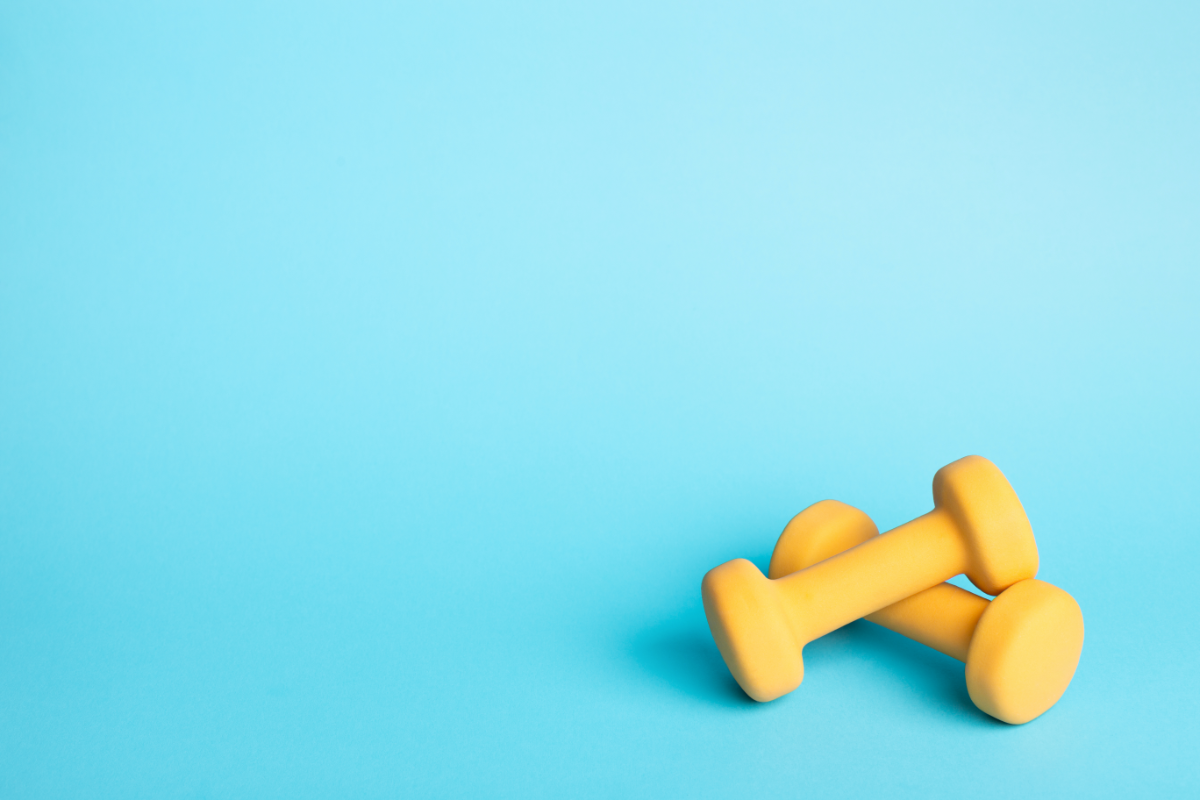
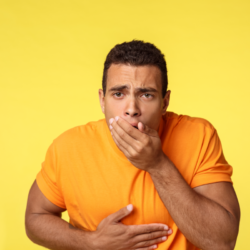
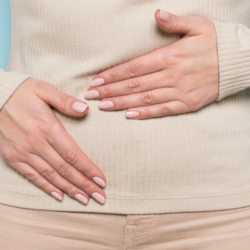
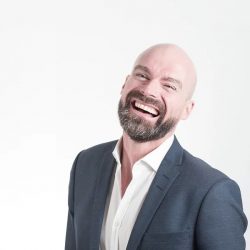


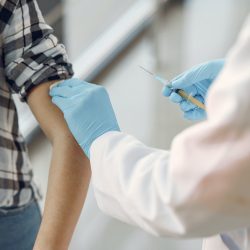
Are we truly in control of our own health and well-being, or are we simply following societal norms and trends when it comes to treating our bodies? What role does alternative medicine, such as homeopathy, play in shaping our identities and beliefs about health?
Hello,
Your reflection raises an essential question about how we perceive and manage our health. It is true that our health choices are often influenced by social norms, trends, or even cultural beliefs. However, taking control of one’s health involves becoming informed, understanding one’s body, and making well-informed decisions based on individual needs.
Alternative medicines, such as homeopathy, can play a role in this quest for personalized well-being. They offer a complementary approach, sometimes gentler, and often consider the person as a whole (physical, mental, emotional). This can allow some to reconnect with their health in a more holistic way and move away from a strictly symptomatic view of medicine.
However, it is essential to exercise discernment. Homeopathy, like any approach, should be used in an informed manner and as a complement to appropriate medical care when necessary. Ultimately, health autonomy requires an open mind, but also the ability to distinguish what truly suits us from what might simply be dictated by external trends.
Best regards,
The Soin-et-Nature.com Team